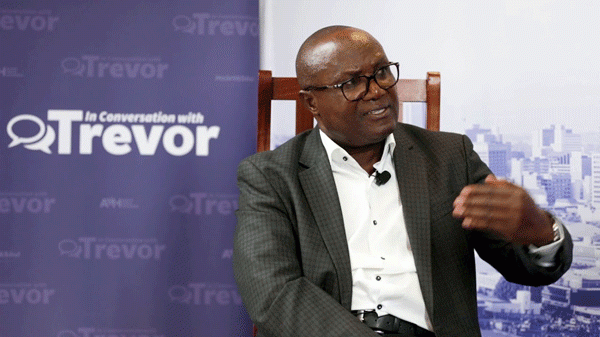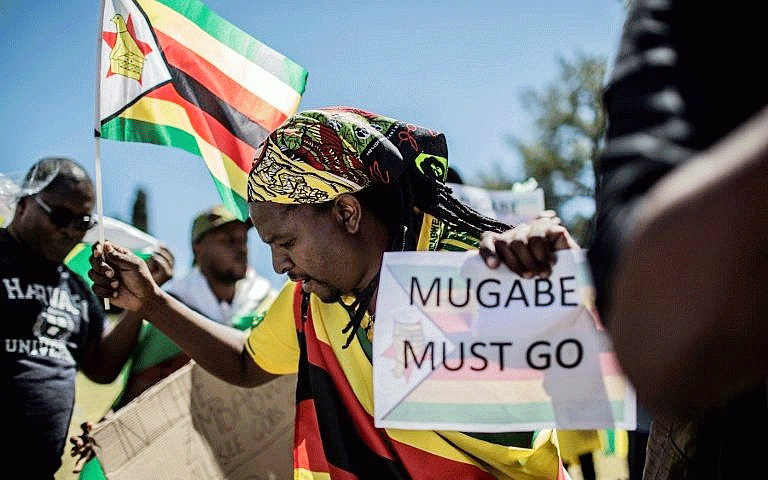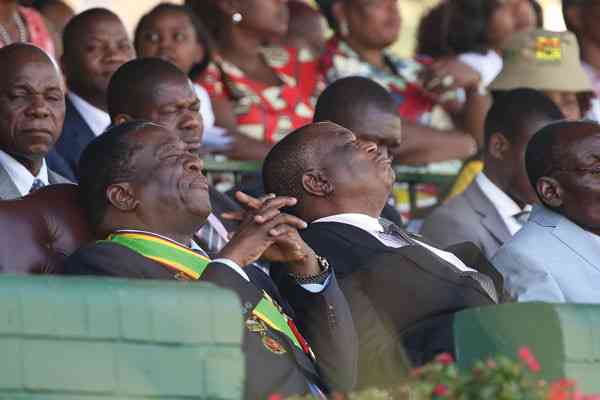
THE banking sector has started promoting a saving culture by exempting charges on savings products, as well as offering competitive interest rates, a senior bank official has said.
REPORT BY KUDZAI CHIMHANGWA This is expected to restore confidence in the sector, whose credibility had dipped due to high bank account charges and the collapse of some banks in the past few years.
In an interview with Standardbusiness, POSB chief executive officer, Admore Kandlela, said fiscal authorities must enable the central bank’s lender of last resort function, finalise the Zimbabwe dollar balances, foster policy consistency and predictability to boost confidence in the banking sector.
“The absence of the lender of last resort function has exacerbated the (liquidity crunch) situation as banks took a cautious approach with regards to lending and participation on the interbank market,” Kandlela said.
He said the absence of lender of last resort has also negatively affected confidence levels of the banking public, hence a sluggish growth in bank deposits.
The financial sector, Kandlela said, also has high rates of non-performing loans, resulting in high systematic and default risk.
- Chamisa under fire over US$120K donation
- Mavhunga puts DeMbare into Chibuku quarterfinals
- Pension funds bet on Cabora Bassa oilfields
- Councils defy govt fire tender directive
Keep Reading
The pervading high bank charges for sustaining bank accounts continue to diminish the banking public’s confidence, effectively deterring them from depositing their money in banks.
Zimbabwe had a low bank deposit base of US$3,64 billion as at July this year from US$3,59 billion in June 2012, representing a marginal 3% increase.
Kandlela said the liquidity crunch was expected to continue throughout the year as banks face challenges of mobilising long-term deposits for on-lending to the productive sectors of the economy. “We foresee the systematic and default risks continuing to cause apprehension in the financial sector,” he said.
According to the Economic Planning and Investment Promotion Ministry, internal savings in Zimbabwe in 2008 stood at less than 5% of investment over Gross Domestic Product (GDP).
However, government’s blueprint, The Medium Term Plan, plans to raise the figure from less than 10% to at least 25% of GDP over the next five years.
The latest FinScope Consumer Survey Zimbabwe 2011, which provides a synopsis of demand for, usage of and access to financial services, noted that 31% of adults in the country did not have a savings culture.
The survey also revealed that a substantial number of people in rural areas only saved money outside the formal banking system due to limited banking products being offered.
As part of efforts to tap into the consequent US$2,5 billion circulating in the informal sector, Kandlela said POSB had introduced cellphone banking so as to bring convenience and accessibility to reach out to the unbanked sector.










